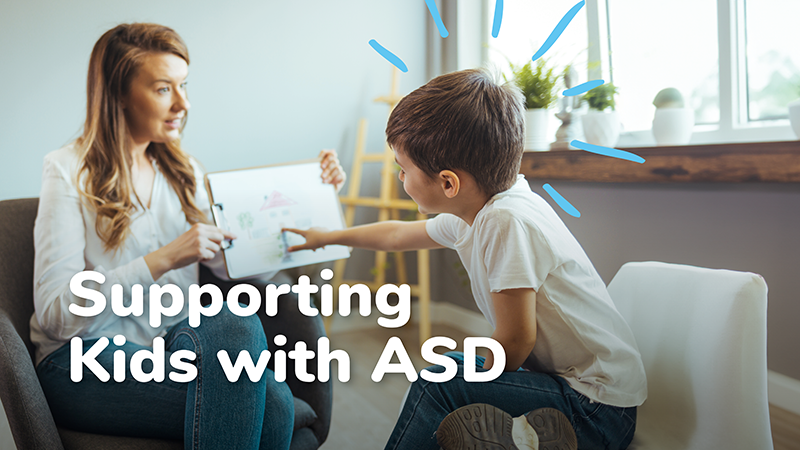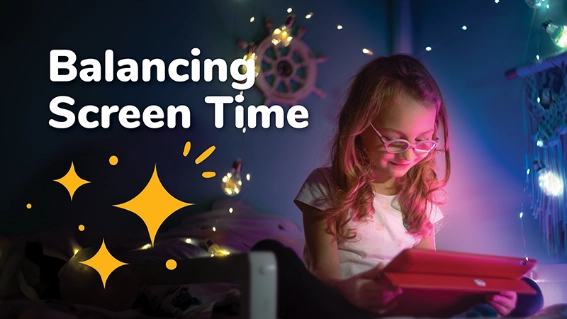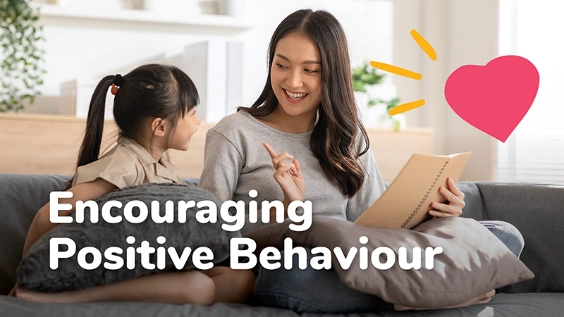
CBD and ADHD in Paediatrics: What Parents Need to Know
The use of CBD (cannabidiol) to manage symptoms of ADHD in children has gained interest among parents seeking alternative treatments. With the growing availability and marketing of CBD products, many are wondering if CBD could be a viable option for children with ADHD. This blog aims to explore what CBD is, its potential benefits, and the associated risks, especially when considering paediatric care. Understanding the facts is crucial before making any decisions regarding your child’s treatment.
What is CBD?
CBD is a naturally occurring compound found in the cannabis plant. Unlike THC (tetrahydrocannabinol), the psychoactive component responsible for the “high” associated with marijuana, CBD does not produce intoxicating effects. It is commonly promoted for its potential therapeutic benefits, such as anxiety reduction, pain management, and control of seizures. However, it is essential to remember that CBD’s safety and effectiveness, particularly in children, are still under investigation.
The Relationship Between CBD and ADHD
Currently, the research on CBD specifically for ADHD, particularly in children, remains limited. While some studies have explored the potential benefits of CBD in managing symptoms like hyperactivity, impulsivity, and attention issues, the findings are inconclusive. Most of the existing evidence comes from small-scale studies or anecdotal reports, and large-scale, long-term clinical trials are needed to confirm any potential therapeutic benefits. Therefore, parents considering CBD for ADHD must approach this treatment option with caution.
Potential Benefits of CBD for ADHD
- Reduction of Anxiety
Some preliminary research suggests that CBD may help reduce anxiety in children with ADHD, which can be a significant co-occurring condition. Managing anxiety may, in turn, improve a child’s ability to focus and manage ADHD symptoms. - Improvement in Sleep
Children with ADHD often struggle with sleep issues, which can exacerbate symptoms of inattention and hyperactivity. Anecdotal reports suggest that CBD may promote better sleep quality, helping children feel more rested and focused during the day. - Decreased Impulsivity
Some parents have reported improvements in their child’s ability to control impulsive behaviour after using CBD products. However, it’s important to note that these observations are not yet supported by substantial clinical evidence.
Risks and Considerations
1. Lack of Regulation
One of the most significant concerns with CBD use in children is the lack of regulation. In Australia, CBD products are not currently regulated by the Therapeutic Goods Administration (TGA), meaning there can be considerable variations in the quality, potency, and purity of these products. Without standardisation, it’s challenging to ensure that CBD products are safe for paediatric use.
2. Potential Side Effects
Although many view CBD as a natural treatment, it is not without potential side effects. In children, some of the reported side effects include drowsiness, fatigue, and gastrointestinal discomfort. Long-term effects of CBD use in children are still unknown, making it crucial to proceed with caution.
3. Legal Considerations
The legal status of CBD varies across regions, and parents must familiarise themselves with local laws before considering CBD for their child’s ADHD. In Australia, CBD products can only be accessed legally with a prescription from an authorised healthcare professional. Self-administering unregulated CBD products is not advisable and may carry legal risks.
The Tiny Tots Paediatrics Perspective
At Tiny Tots Paediatrics, we prioritise evidence-based care when it comes to managing conditions like ADHD. While CBD may offer potential benefits, we believe that more research is needed before it can be considered a standard treatment for ADHD in children. We recommend that any parent considering CBD discuss this with a qualified healthcare provider who can help weigh the potential risks and benefits based on the latest research. Our paediatricians work closely with families to explore safe and effective treatment options tailored to each child’s unique needs.
CBD has sparked interest as a potential treatment for ADHD, but its use in paediatrics is not yet supported by strong clinical evidence. While some children may experience benefits such as reduced anxiety or improved sleep, the long-term effects and safety of CBD use in children remain unknown. If you’re considering CBD as part of your child’s ADHD treatment plan, consult with a healthcare professional first to ensure that any decision is based on thorough, evidence-based advice.
At Tiny Tots Paediatrics, we are committed to guiding parents through the complexities of managing ADHD. Visit our clinic to learn more about ADHD management and explore the safest, most effective treatment options for your child.





